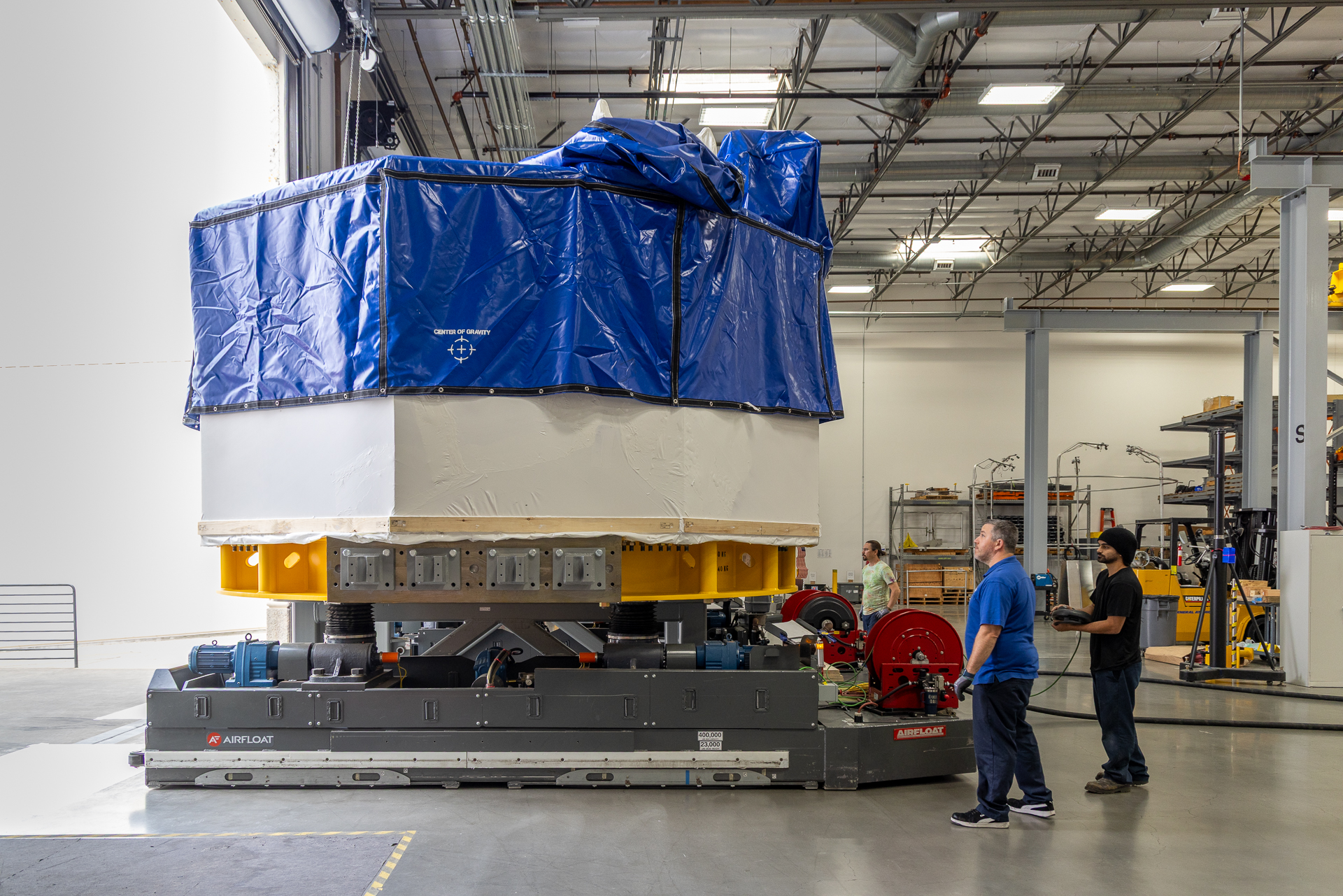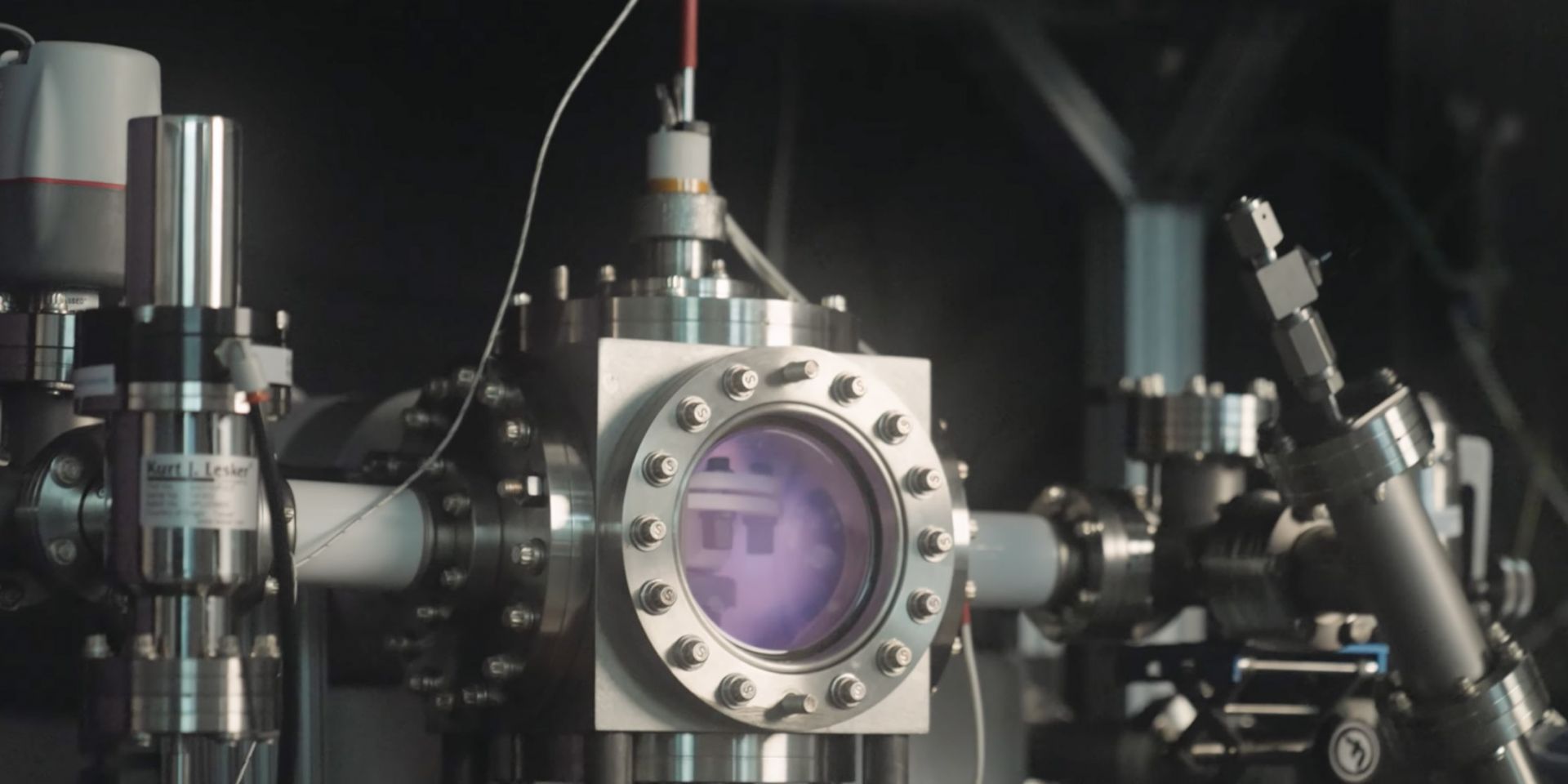Experiments in the lab of Farhat Beg at UC San Diego. Beg is coleading one of two teams of UC researchers awarded $4 million to research fusion energy. (Photo: David Baillot/UC San Diego)
The University of California, through its Initiative for Fusion Energy, has awarded $8 million in multicampus research grants, in partnership with UC-managed national laboratories, to fund research aimed at accelerating progress toward fusion energy.
Concept art of the UNITY-2 tritium fuel cycle test facility. (Image: Kyoto Fusioneering)
Canada’s Fusion Fuel Cycles Inc. (FFC), a joint venture between Canadian Nuclear Laboratories and Japan’s Kyoto Fusioneering, announced that it has officially entered the construction phase of its flagship project, the Unique Integrated Testing Facility (UNITY-2), at CNL’s Chalk River Laboratories in Ontario.
Helical Fusion members celebrate the successful HTS coil test. (Photo: Helical Fusion)
Helical Fusion, a Japan-based fusion start-up that is developing a stellarator fusion power reactor, has announced it has successfully demonstrated its high-temperature superconducting (HTS) coil under relevant magnetic conditions.
A video highlighting the stellarator’s technology testing can be found here.
From left, Type One Energy CEO Christofer Mowry, Tennessee Gov. Bill Lee, and TVA president and CEO Don Moul stand in the old turbine room of the Bull Run fossil plant. (Photo: TVA)
The Tennessee Valley Authority has issued a letter of intent to fusion energy start-up Type One Energy regarding the utility’s interest in the potential deployment of Type One Energy’s fusion power plant technology at TVA’s former Bull Run fossil plant site once it is commercially ready.
The sixth ITER central solenoid module is prepared to be shipped to France. (Photo: General Atomics)
General Atomics last week celebrated the completion of the central solenoid modules for the ITER reactor being built in southern France. Designed to demonstrate the scientific and technological feasibility of fusion power, the ITER tokamak will be the world’s largest experimental fusion facility.
A plastic pellet replica alongside a dime and the tool that cuts each pellet from a solid hydrogen filament. (Photo: Larry Baylor/ORNL)
In May, the Wendelstein 7-X stellarator in Greifswald, Germany, concluded an experimental campaign by sustaining a plasma with a high triple product for 43 seconds. The machine far surpassed its own previous performance with a value that the Max Planck Institute for Plasma Physics (IPP) says “exceeds previous tokamak records for long plasma durations”—in part because of a fuel pellet injection system developed by researchers at Oak Ridge National Laboratory.
Watch ORNL’s video of that fuel pellet injection system—in use since September 2024—as it extrudes a column of frozen hydrogen and then cuts individual 3.2-millimeter-long pellets. The process, which takes just half a millisecond, was captured in slow motion by ORNL engineer Steve Meitner.
UNITY-2 fuel cycle test facility. (Image: FFC)
San Diego, Calif.–based General Atomics has announced a $20 million, 10-year strategic investment in Canada’s Fusion Fuel Cycles Inc. (FFC), a joint venture between Canadian Nuclear Laboratories and Japan’s Kyoto Fusioneering. The investment will help accelerate the development of FFC’s flagship project, the Unique Integrated Testing Facility (UNITY-2), a deuterium-tritium fuel cycle test facility located at CNL’s Chalk River Laboratories.
Thunderbird, the University of British Columbia’s benchtop-scale particle accelerator and electrochemical reactor. (Photo: UBC)
Researchers at the University of British Columbia seeking the energy grail of cold fusion—alias lattice confinement fusion or low-energy nuclear reactions (LENR)— used electrochemistry to load extra deuterium ions into a metal lattice and found a “modest” performance boost of 15 percent, compared with experiments without the electrochemical loading technique, according to the university.
An artist’s interpretation of the inside of a fusion vessel, where some of the inner surfaces are directly exposed to the plasma. Some regions lie in the “magnetic shadow” of other components and are therefore magnetically shielded from the intense heat of the plasma. (Image: Kyle Palmer/PPPL Communications Department)
The ITER tokamak pit with the two vacuum vessel sector modules installed. (Photo: ITER)
Westinghouse Electric Company announced that it has signed a $180 million contract with the ITER Organization for the assembly of the vacuum vessel for the fusion reactor being built in southern France. Designed to demonstrate the scientific and technological feasibility of fusion power, the ITER tokamak will be the world’s largest experimental fusion facility.
A visualization of the SPARC tokamak experiment. (Image: Ken Filar/PSFC Research Affiliate)
In its June 30 announcement of a new deal to purchase 200 MW from Commonwealth Fusion Systems' (CFS) first ARC fusion power plant planned for Virginia, Google called it “the largest direct corporate offtake agreement for fusion energy” ever. While Google made no mention of its plans for the power, its press release noted that clean energy is needed to reduce data center emissions.
 A new report from the F4E Fusion Observatory highlights the robust growth of investments in private companies that are developing fusion energy technologies. The report, Global Investment in the Private Fusion Sector, is an updated release of a previous F4E Fusion Observatory report, published “in response to the unprecedented acceleration of investments in fusion companies since June 2025, which are consolidating fusion as a fast-growing emerging market.”
A new report from the F4E Fusion Observatory highlights the robust growth of investments in private companies that are developing fusion energy technologies. The report, Global Investment in the Private Fusion Sector, is an updated release of a previous F4E Fusion Observatory report, published “in response to the unprecedented acceleration of investments in fusion companies since June 2025, which are consolidating fusion as a fast-growing emerging market.”


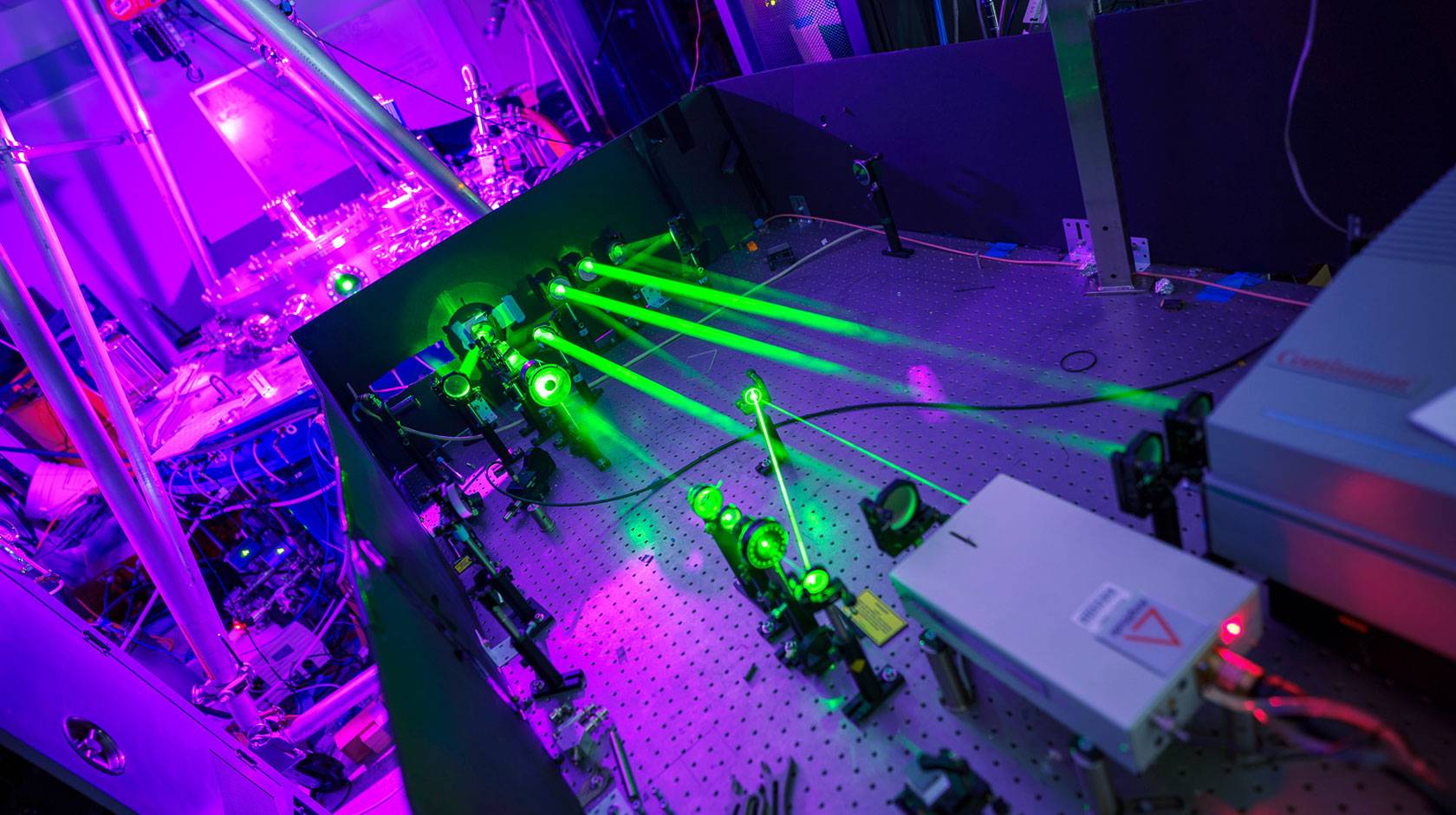
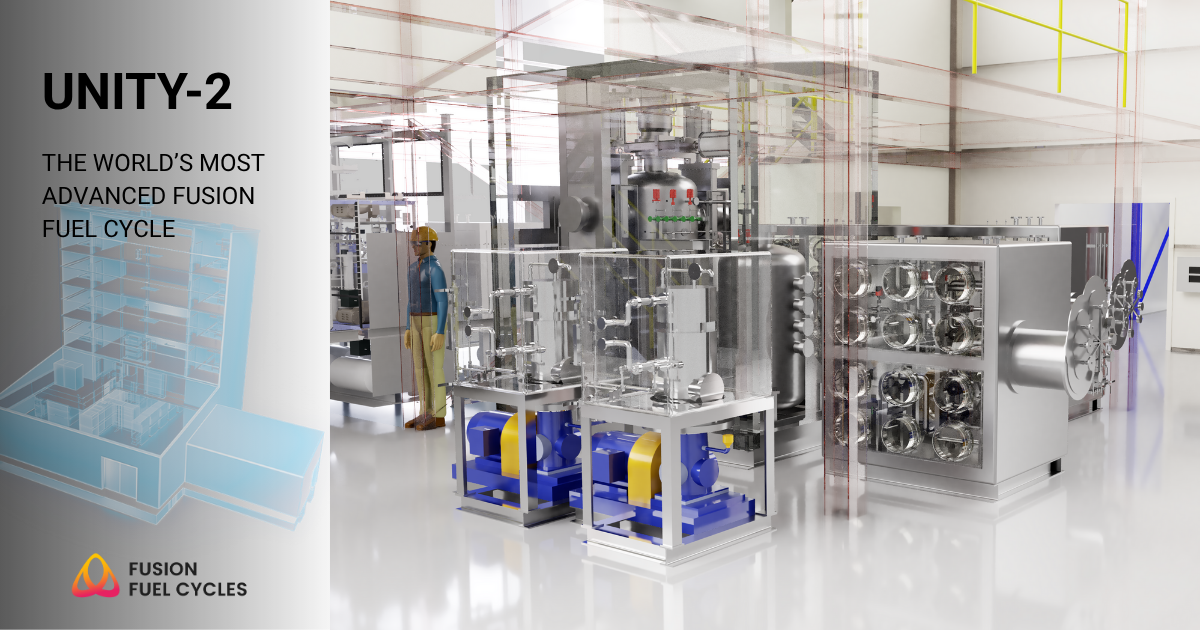


 In the report Fusion Forward: Powering America’s Future issued earlier this month by the Special Competitive Studies Project’s (SCSP)
In the report Fusion Forward: Powering America’s Future issued earlier this month by the Special Competitive Studies Project’s (SCSP) 
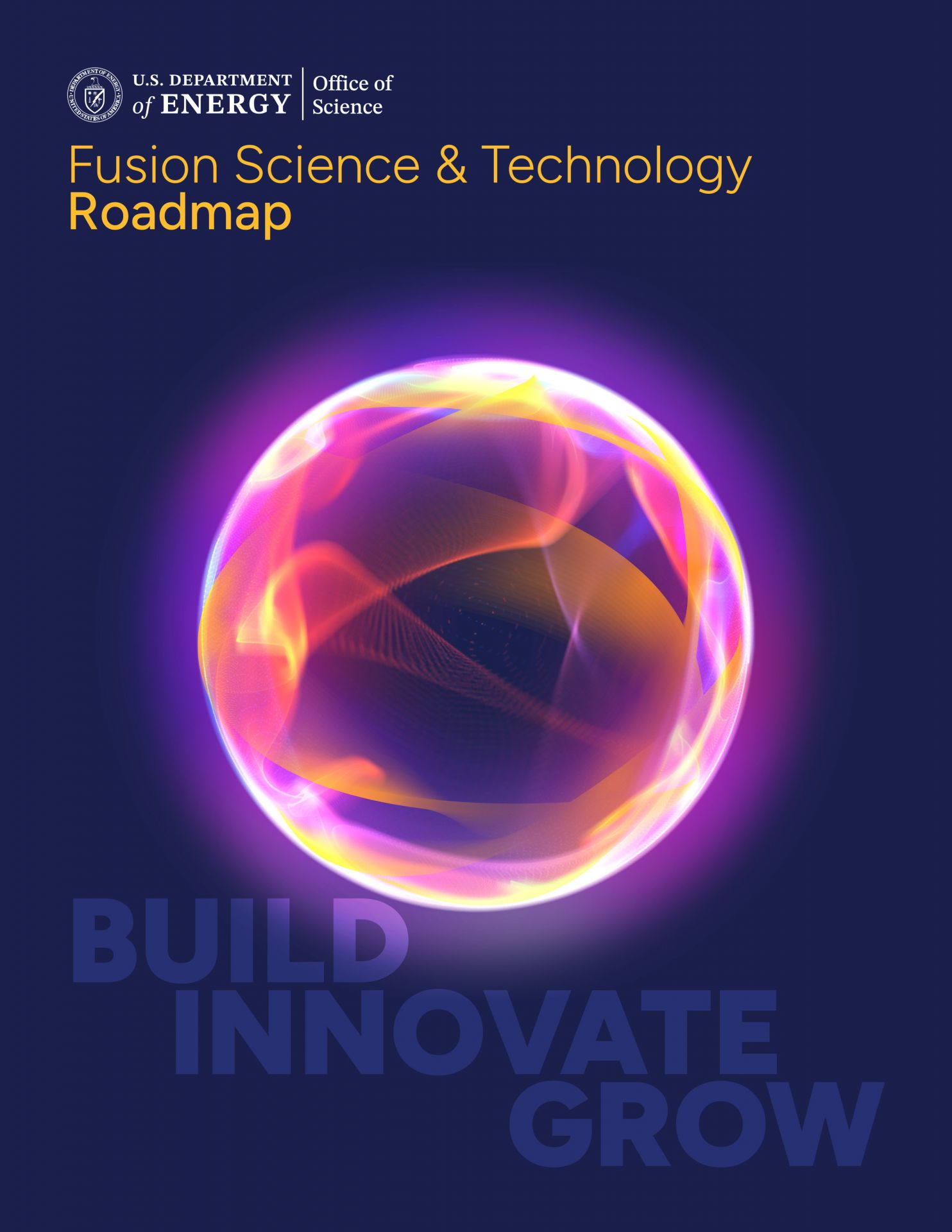 The Department of Energy introduced a Fusion Science & Technology (S&T)
The Department of Energy introduced a Fusion Science & Technology (S&T) 
